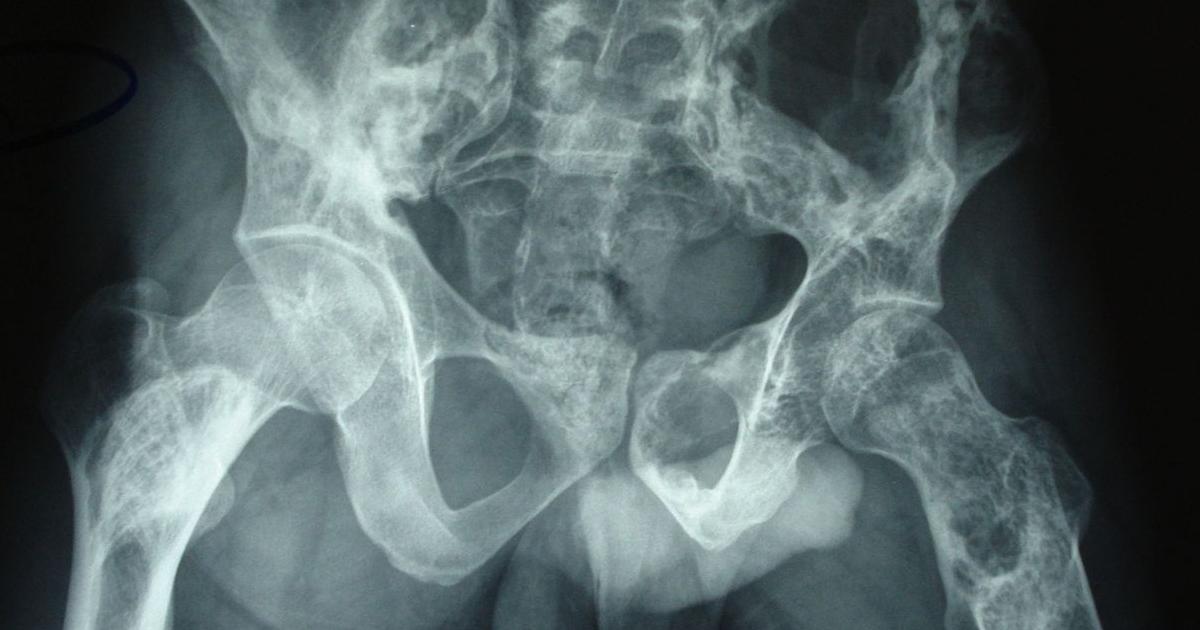Causes And Complications Of Fibrous Dysplasia
Bone Deformities

Bone deformities are characteristic of fibrous dysplasia. The effect these bone deformities have on an individual's body and life is dependent on what bones in the body are affected. The most prevalent bones affected in fibrous dysplasia include the long bones of the arms and legs, the ribs, the bones in the face, the skull, and the bones that make up a patient's spine. Deformities that occur in the spinal bone as a result of the abnormal bone recycling process in those who have fibrous dysplasia often result in a condition referred to as scoliosis. When fibrous dysplasia affects a patient's long bones in the legs, their legs may become bowed and unequal in length. These deformities are the cumulative result of the abnormal fibrous tissue and the weight-bearing on the legs when an affected individual is standing or walking. Fibrous dysplasia patients may experience bone deformities that affect the function of their jawbones. The shape of an individual's skull and face can eventually become asymmetrical and altered in some patients.
Arthritis

Sometimes, the bones affected by the displacement of fibrous tissue where bone should be are the bones that make up one or more of an individual's joint. The abnormal growth of fibrous tissues causes the ends of some bones to become misshapen and deformed. When the end of a bone that plays a significant role in the function of a joint becomes deformed, it can scrape against other bones and result in arthritis. Arthritis is a medical condition involving inflammation and pain that occurs in a patient's joints as a result of too much friction, too little lubrication, and unprotected bones. Joints can develop arthritis even if the deformity of a bone is not part of the joint itself. The bone deformities can cause an individual to put an abnormal amount of weight and pressure on another joint to perform daily tasks. The increased workload on an adjacent joint due to the complications that occur with fibrous dysplasia can lead to wearing away of the bone and subsequent arthritis.
